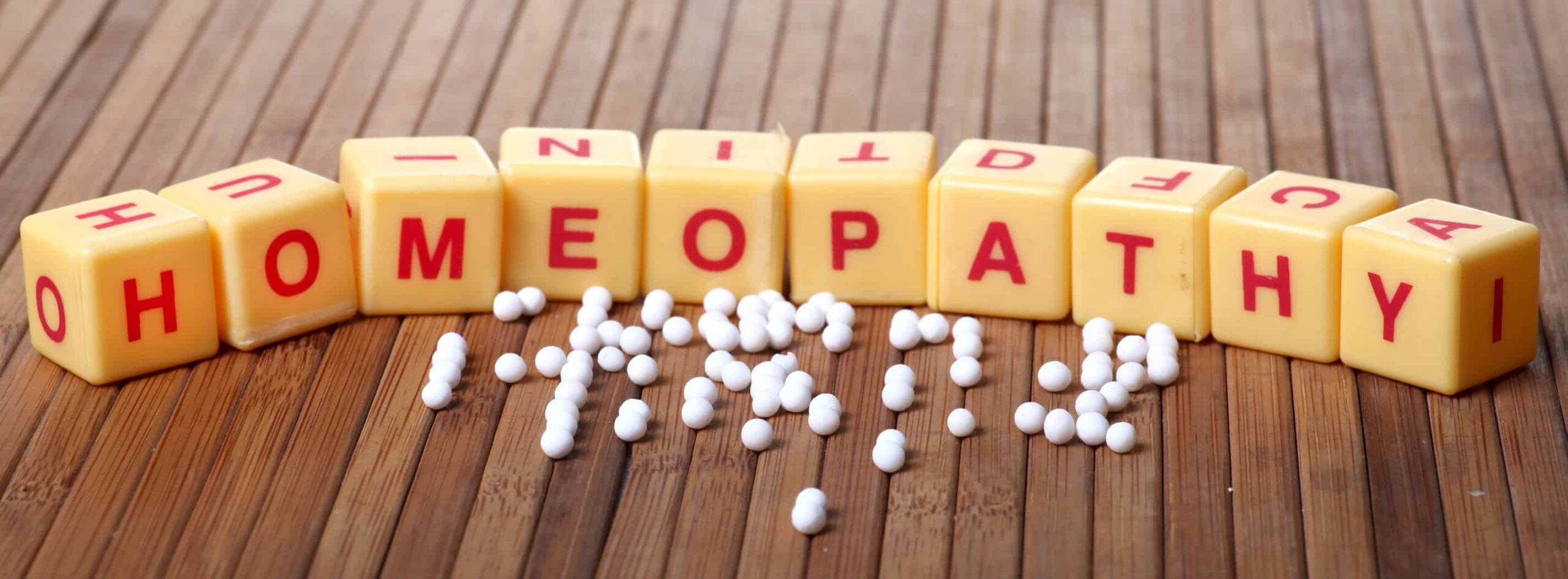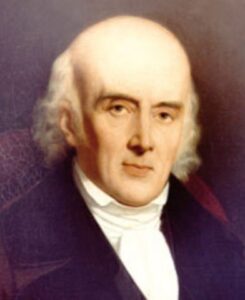
Classical Homeopathy is the art of prescribing homeopathic remedies according to the great tradition of Samuel Hahnemann (1755-1843), the discoverer of this amazing system for healing the body, mind and spirit.

Hahnemann past middle page
Hahnemann was a medical scribe who, in 1796, while copying the text of a man poisoned by the bark of the Peruvian tree Cinchona Officianalis could not help notice the uncanny similarity between its symptoms and those of the then common and deadly disease Malaria. In a counterintuitive stroke of genius, Hahnemann thought to treat a Malaria sufferer with this same ‘poison’. The case was cured and the nascent art of Homeopathy born, establishing the breakthrough principle of ‘like cures like’. By gentle but direct action on the vital force, a homeopathic remedy was able to assist a patient’s return to balance. This was far and away the greatest achievement of medicine in the 18th century. Through tireless professional inquiry, Hahnemann discovered this new principle of ‘like cures like’ produced the best results when the totality of symptoms were covered – including mental and spiritual.*
Constantine Hering (1800-1880), who followed Hahnemann’s work in the United States, developed an axiom hinting at homeopathy’s true nature: “Healing proceeds from the inside out and from the top down.”
Indeed, Hahnemann himself rhetorically asked in Organon of the Medical Art: “What is to be cured in disease?” prodding astute readers to contemplate the true nature of healing.
Speaking plainly, the ideal remedy cures the spiritual aspect of man, first. Indeed, it could be said to cure spirit only, for, as Albert Einstein observed, matter is simply energy at a slower rate of vibration, so cure of the body can not help but follow, when spirit is healed, and homeopathy, owing to its highly dilute (and succussed) state, is obviously not able to act directly on the patient in a physical manner.
This truth that body follows mind has not been lost on those seeking to heal others, but leveraged by many methods that have arisen in the centuries following homeopathy, including Developmental Alphabiotics, German New Medicine, Emotional Freedom Technique, The Internal Family System, ad infinitum.
Homeopathy’s Decline
Traditional allopathic physicians who did not understand the law of similars, but wanted access to its results, corrupted homeopathy by prescribing it as they did their drugs: using a mechanical, symptom driven methodology. ‘Clinical homeopathy’ was the byproduct and vestiges of this era remain as the tubes filled with homeopathic remedies (called dispensers) frequently list indications for the ailments they purport to treat. This method has yielded poor results, and, along with Rockefeller’s war on anything not centered on his new drug enterprise (e.g. 3500 Chiropractors were jailed in the last century by the new medical boards), nearly led to the extinction of this incredible healing system by the mid 20th century.
A Renaissance in Homeopathy
A resurgence of interest in the original art that emphasized holism occurred between the 1970’s and 1990’s as new practitioners like George Vithoulkas, Rajan Sankaran, Frans Vermeulen, Jan Sholten and others picked up the torch and refocused effort on healing according to Herring’s law of cure and Hahnemann’s original principle. As they sought to return to their roots, these even broadened and extended the work, publishing books bringing earnest practitioners access to fresh ways of understanding the original tenets.
Homeopathy in the 21st Century
It’s time to dramatically improve homeopathic prescribing by enhancing it with Applied Kinesiology (AK), otherwise known as ‘muscle testing’. AK is a method of obtaining real time information regarding the current state of the mind-body system. Incredibly, it is able to confirm, not only the correct prescription, but even potency. In difficult cases where several remedies appear indicated, AK can determine for a certainty which (if, indeed, any) of the selections are an energy match. AK allows practitioners to shed philosophical dogmas and repeat remedies quickly when needed while using complementary remedies (other remedies known to continue the healing process where the original left off) with more certainty and greater dexterity. For those who have made the leap and plugged AK into their work flow, the stunning results can leave no doubt it should be integrated into any comprehensive Classical Homeopathic education in the 21st century. Ah, but will it? That would require Homeopathic leaders break free from fixity of thinking (the hallmark of the psychotic miasm homeopathy itself seeks to cure) and demonstrate curiosity, creativity and flexibility (indeed, humility) to advance this amazing gift that Homeopathy is to humanity.
My Approach to Homeopathy
Applied Kinesiology has transformed my practice. With few exceptions, I am able to quickly find the most relevant rubric, open a case with ease, and select a remedy 100% compatible with the client’s energy state. Follow up on tougher cases is no longer a guessing game, but done elegantly, whether through repetition or change of script – and timed to the exact day, when needed, for the very best results. ‘Next Level’ homeopathy has arrived.
Clark Reddick at Waltham, MA July, 2022
*There is no religious connotation in homeopathy to the use of the word ‘spirit’ or ‘spiritual’. Some Christians use the term ‘spirit’ to describe an impersonal life force that returns to God at death. They may use ‘spirituality’ to describe one’s relationship to God. The word ‘spirit’ certainly pre-dates all modern religion and in the context of homeopathy references one’s vital force and the myriad of sensations it may experience, including, but not limited to: joy, sadness, anger, patience, curiosity, grief, hope, despair, perseverance, abandonment, etc. These are all, obviously, ‘spiritual’ states of being, regardless of how one uses the term in their religious practice.


